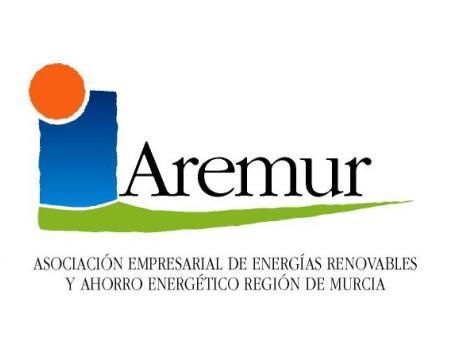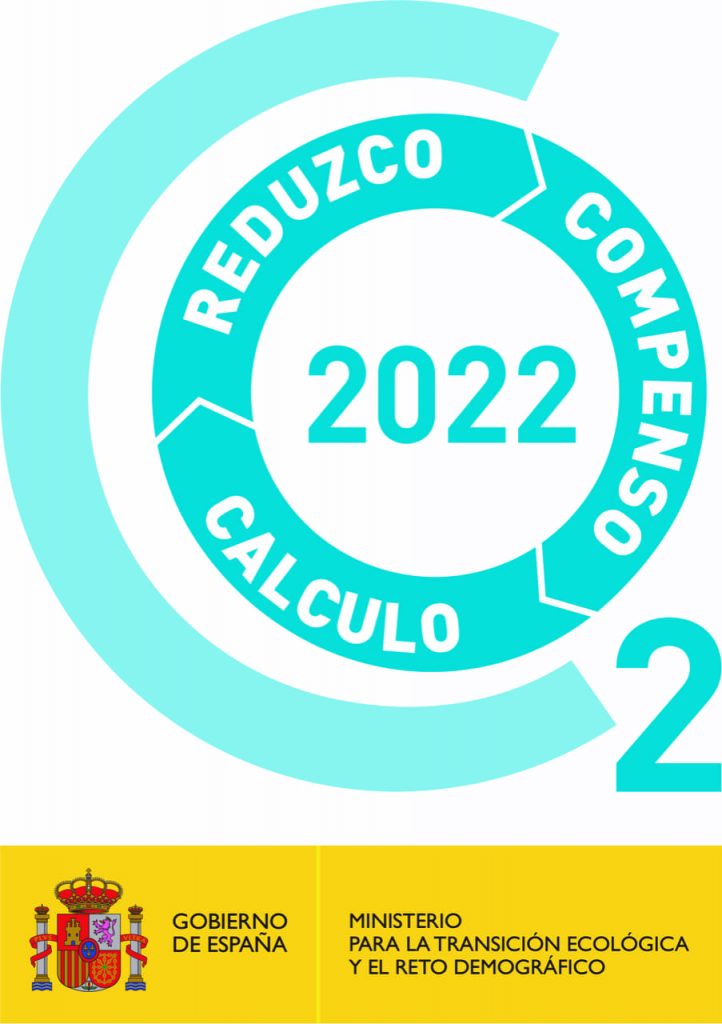




© 2023 RDS. All rights reserved. Designed and developed by delefant
Solar photovoltaic power plants are an efficient way to generate electricity on a large scale from solar energy. In this article, we will explore what solar photovoltaic power plants are and what their benefits are.
Table of Contents
ToggleSolar photovoltaic power plants are solar power plants that use photovoltaic solar panels to convert the sun’s energy into electricity. These solar panels are composed of photovoltaic cells, which convert sunlight into electricity through the photovoltaic effect. Photovoltaic cells are made of semiconductor materials, such as silicon, which have the ability to absorb the sun’s energy and convert it into electricity.
In addition to the benefits mentioned above, solar PV power plants also offer a number of additional advantages compared to conventional power plants. Firstly, they do not emit greenhouse gases during power generation, which means that solar PV power plants have a much lower environmental impact than fossil fuel power plants.
Secondly, solar photovoltaic power plants can be built in remote locations, making it possible to bring power to places where there is no access to the national grid. This is especially important in rural and remote areas, where energy is scarce and expensive.
Thirdly, solar PV power plants can be built on different scales, from small residential installations to large solar PV power plants that can generate hundreds of megawatts of power. This means that solar PV power plants can be adapted to meet the needs of any user, from a household to an entire city.
Finally, solar PV power plants can also be used in combination with other renewable energy sources, such as wind or hydropower, to create a more reliable and sustainable energy source.
Solar PV power plants operate in a similar way to residential solar panels, but on a much larger scale. Instead of installing solar panels on the roof of a house, solar PV power plants install thousands of solar panels on large open fields or on the roofs of industrial buildings.
The solar energy collected by the solar panels is converted into direct current (DC), which is sent to an inverter to be converted into alternating current (AC), which is the form of electricity used in most homes and businesses. The electricity generated by the solar PV power plant is transmitted via high-voltage transmission lines to the national grid.
Solar PV power plants can be designed to operate in different configurations, such as solar tracking systems, fixed systems or floating systems on bodies of water. Solar tracking systems move to follow the path of the sun throughout the day, which maximises the amount of energy that can be collected. Fixed systems are cheaper but collect less energy than solar tracking systems. Los sistemas flotantes son adecuados para lugares donde no hay suficiente terreno disponible para construir una central solar fotovoltaica en tierra.
Solar photovoltaic power plants are a clean, renewable energy source that offers a number of benefits, including reduced energy costs, greater energy autonomy, job creation and reduced environmental impact. As more efficient technologies are developed and solar energy costs fall, solar PV power plants are likely to play an increasingly important role in large-scale power generation worldwide.
In addition, solar photovoltaic power plants are a promising technology that offers a number of benefits and advantages compared to conventional power plants. As technology continues to advance and solar energy costs continue to fall, we are likely to see greater use of solar PV power plants around the world.
It is important to note that although solar PV is a renewable energy source, its efficiency and production depend on climatic conditions and geographical location. For example, in areas with little sunlight, the production of solar photovoltaic energy may be limited. However, energy storage technology is advancing rapidly, which means that solar PV energy can be stored for later use when weather conditions are favourable.
Another major challenge is the initial cost of building a solar PV power plant, which can be significant. However, in the long term, investment in a solar PV power plant can result in significant energy cost savings and environmental benefits.
In many countries, government policies and financial incentives are driving the adoption of solar PV. For example, some governments offer tax incentive programmes and preferential financing for solar PV projects. In addition, the growing demand for clean and renewable energy is driving the development of more efficient technologies and reducing production costs.
In summary, solar photovoltaic power plants are a promising technology that offers a number of benefits and advantages compared to conventional power plants. Although there are challenges and hurdles to overcome, the future of solar PV looks bright. As technology continues to advance and production costs decrease, we are likely to see an increase in the adoption of solar PV globally, which will have a positive impact on both the economy and the environment.